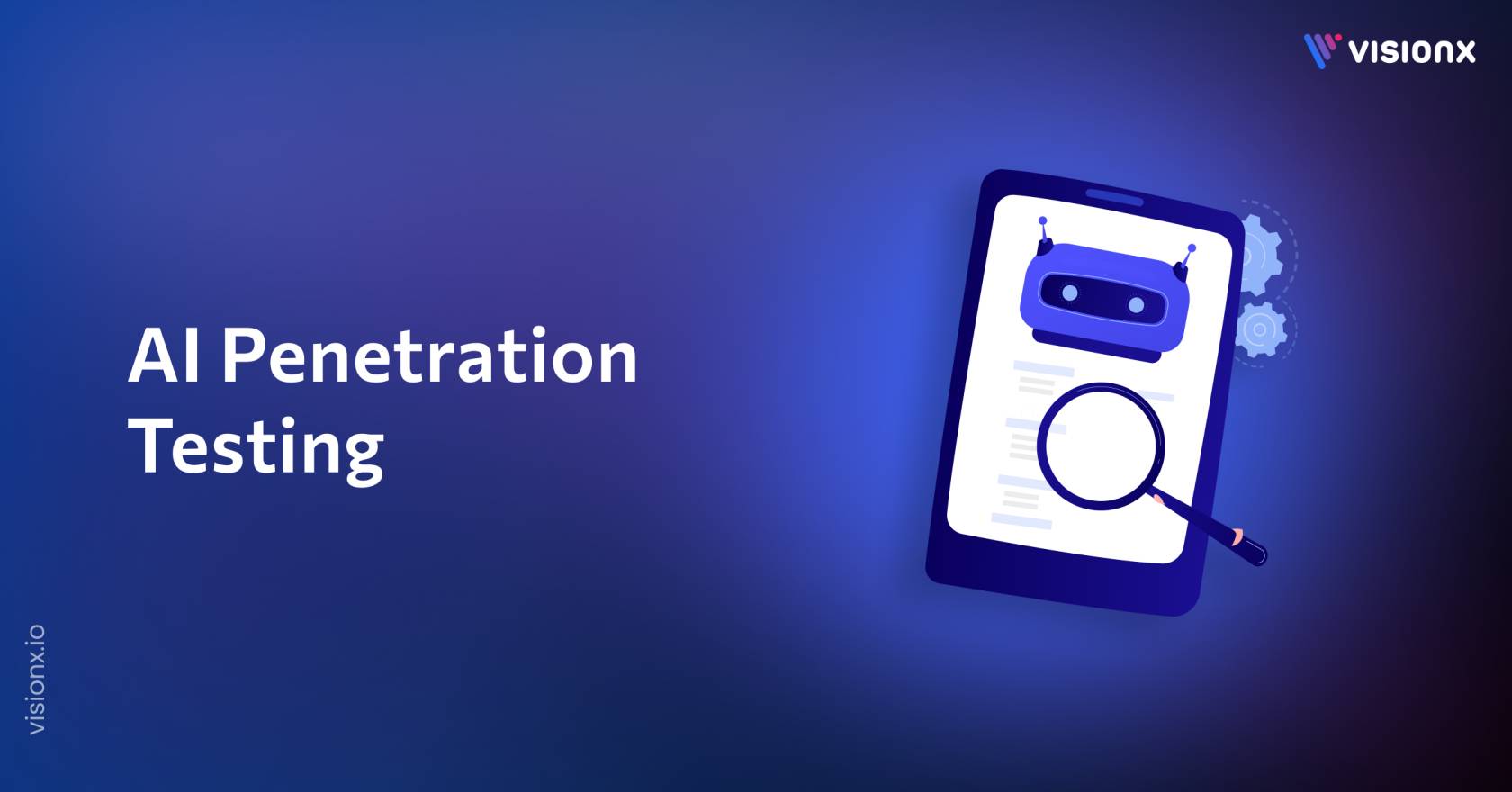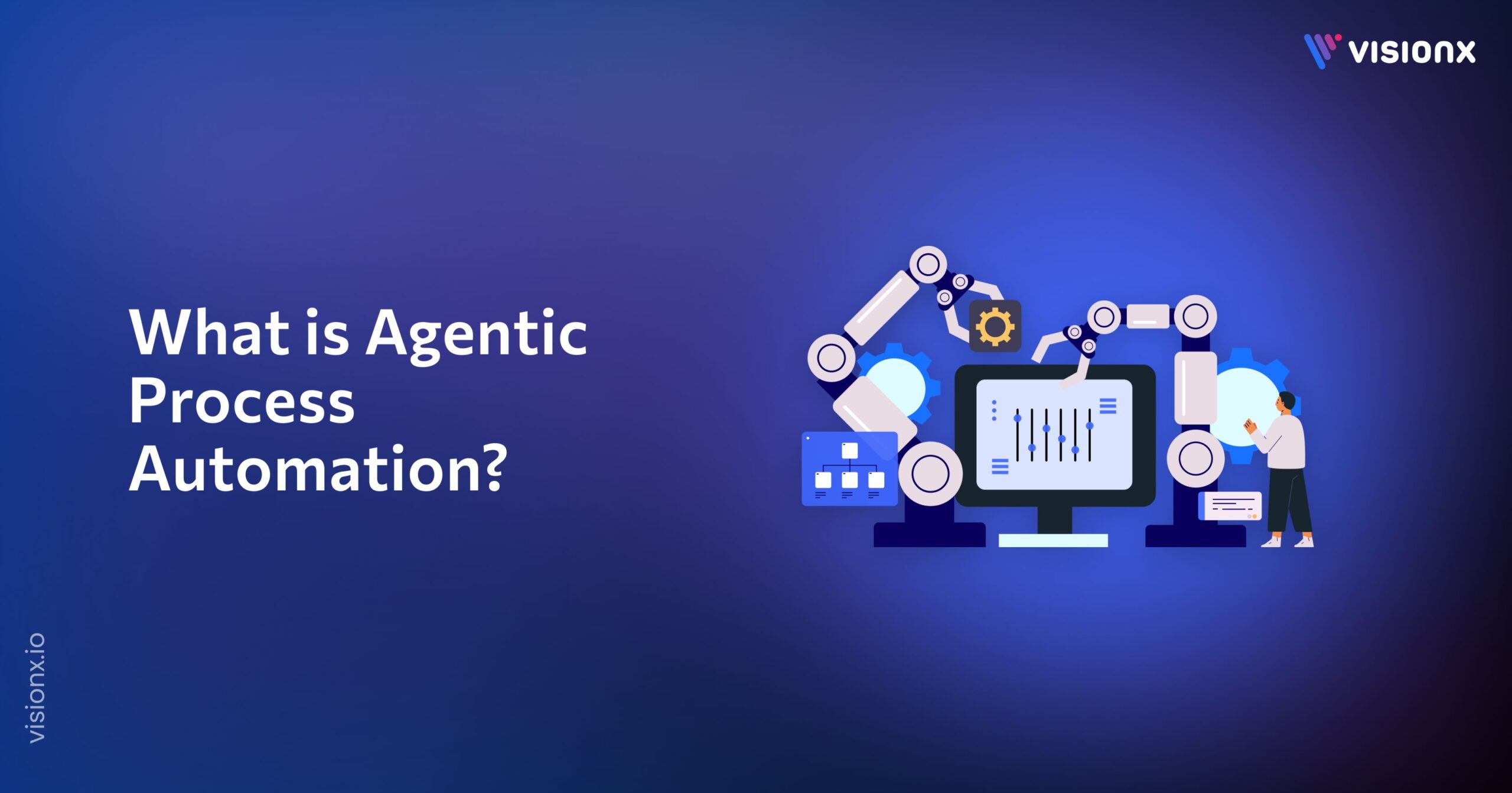LLMs are now everywhere in chatbots, search engines, coding tools, and even legal workflows. They can write, solve problems, and follow instructions in a way that feels almost human. But with that power comes a real concern. What if someone tricks them?
Large Language Model (LLM) applications can be tricked into leaking data, following harmful prompts, or revealing system behavior. They can generate language, pull knowledge together, and execute commands, and if left unchecked, others can use those abilities against them. Attacks like prompt injection and model manipulation are not so rare.
AI penetration testing plays a crucial role in exposing these hidden threats. These tests help teams find weak spots before attackers do. A recent report found that 74% of organizations confirmed an AI breach. That’s a serious wake-up call.
In this blog, we will explore what makes LLMs vulnerable and how to protect them.
Why do LLMs Need AI Penetration Testing?
The truth is, nobody was thinking much about security when these LLMs were built.
Most Large Language Models (LLMs) are fine-tuned for usefulness, not robustness. Although they may produce intelligent outputs, their internal consistency can also be manipulated in harmful ways.
Think about an AI assistant that is intentionally led to divulge sensitive information backed by a brilliantly constructed prompt. Or when an attacker poisons a training dataset to change how an LLM behaves later.
Security teams can’t treat AI systems like static APIs. These models are dynamic, generative, and increasingly connected to business logic and backend systems. You need AI penetration testing to simulate threats and detect vulnerabilities before malicious attackers do.
What Makes LLM-Based Systems Vulnerable?
Unlike traditional software, LLMs work in a probabilistic way. User input, previous interactions, and context all affect the responses. As a result, they are easier to exploit and harder to predict. These dynamic traits introduce a variety of AI vulnerabilities, such as:
- Prompt injection: Users insert malicious instructions in input fields to alter model behavior.
- Data poisoning: An attacker manipulates data in training sets to establish backdoors.
- Model inversion: Hackers can extract sensitive training data by performing output analysis.
- Over-permission: When LLMs are linked to external tools (such as APIs and databases), they can execute harmful commands when prompted.
These security vulnerabilities often slip past traditional penetration testing. You need specialized versions of AI penetration testing to catch them early. The growth of threats means that AI pentesting tools and testing methodology need to evolve at the same pace and complexity level as LLM applications.
What is AI Penetration Testing?
AI penetration testing is a security process that simulates real-world attacks on AI systems, especially Large Language Model (LLM) applications, to uncover hidden vulnerabilities.
A traditional penetration test generally evaluates whether or not code or network vulnerabilities exist. In contrast, AI penetration testing focuses specifically on prompt injection, data poisoning, and model inversion attacks. It also performs tests on how AI applications interact with APIs or databases and examines how the application behaves when it connects to these tools or interacts with them, looking for access to sensitive data or unsafe behavior.
As AI and Machine learning models become more multifaceted and interconnected, security teams now rely on AI pentesting tools to identify and limit vulnerabilities for malicious actors.
How is AI Penetration Testing Applied to LLMs?
When applied to LLMs, the goal of AI penetration testing is simple: to find out if attackers can change how the model behaves or use its outputs in harmful ways. These models respond in complex ways, so testing needs to push their limits.
Key techniques include:
- Model fuzzing to trigger unstable or unexpected outputs
- Adversarial input crafting to exploit weaknesses in language handling
- Black-box and white-box testing to assess both external behavior and internal logic
- Prompt injection detection to catch hidden instructions
- Data poisoning simulation to see if training data manipulations affect future responses
How Does AI Penetration Testing Work on LLMs?
Here’s a high-level view of how AI pentesting of LLM applications works:
1. Threat Modeling for LLMs
Security teams start by mapping the architecture of the AI application. Which APIs does it call? What training data was used? What prompts are it exposed to?
2. Adversarial Prompt Testing
This step involves using specially crafted prompts to trick the model. Can it be manipulated into generating harmful or false content? Can it expose sensitive data?
3. Model Behavior Analysis
Tools analyze response patterns to detect biases, hallucinations, or escalations of permission. AI pen testers simulate users with varying intents, ranging from curious testers to malicious actors.
4. Interaction Monitoring
If the LLM is integrated into a chatbot or enterprise tool, testers examine how it handles system commands, queries, and API responses.
5. Feedback Loop
Detected vulnerabilities inform model fine-tuning, prompt engineering improvements, and access control rules. Real-time testing and continuous security monitoring help ensure that AI systems evolve safely, even as they learn.
Which Tools Can You Use for AI Penetration Testing?
Here are some emerging AI pentesting tools and platforms built for securing LLMs:
- Mindgard finds chatbot vulnerabilities like prompt injection, jailbreak prompts, and unsafe outputs. It helps teams see how models behave under harmful inputs.
- PentestGPT acts as an LLM-based assistant that walks testers through steps, offers suggestions, and helps uncover weaknesses in AI and web systems. It uses an AI model that recommends commands and strategies to support each stage of the penetration test.
- Deep Exploit runs full attack chains, from data gathering to final access. It works well for showing how AI applications respond to threats.
- Pentoma uncovers classic web flaws in apps tied to AI tools. It uses AI to assess servers and applications, helping detect threats such as SQL injection, file inclusion, and XSS across AI-integrated environments.
What are the Benefits of AI Penetration Testing?
The following are the main advantages of using AI penetration testing to defend against modern threats.
Identifies AI-Specific Threats
AI penetration tests find threats unique to LLMs and AI systems, such as prompt injection, data poisoning, model inversion, and over-permission. These risks often escape standard tests, which makes pentesting of AI applications essential.
Strengthens Security Posture
These tests expose hidden flaws in model behavior, training data, and system setup, helping teams fix issues before attackers step in.
Enhances Threat Detection
AI tools scan large sets of inputs and outputs to identify patterns or subtle signs that indicate potential threats.
Speeds Up Tests
Automation removes repetitive tasks, allowing teams to run more tests across different prompts in less time.
Improves Risk Control
Early issue discovery leads to faster fixes and lowers the chance of system breach or misuse.
Future Trends in LLM Security and AI Pentesting
Here are five key trends shaping the future of LLM security and AI penetration testing as threats grow more complex and AI systems become deeply integrated into real-world applications.
- AI-Powered Vulnerability Discovery: AI will detect hidden flaws in LLM applications and AI systems, finding threats beyond the reach of traditional methods.
- Automated Exploit Development: AI tools will build targeted exploits for discovered vulnerabilities, shortening response time and increasing pressure on defenders.
- Security for Tool-Connected LLMs: As LLMs gain control over APIs and external tools, testing must simulate misuse, over-permission, and unsafe system access.
- Continuous and Adaptive Testing: Penetration tests will run in real-time, adapting to model updates and evolving threats without manual input.
- Integration with NIST AI Risk Framework: Tools like Dioptra will align AI penetration testing with compliance standards, helping teams assess and document AI limitations.
How VisionX Helps You Secure AI Applications
At VisionX, we understand the unique security challenges of LLM-based systems. Our AI and ML experts help teams:
- Simulate real-world prompt attacks and abuse scenarios
- Test model behavior across edge cases and system commands
- Build custom workflows for AI pen testing in DevSecOps pipelines
- Monitor model responses and flag unsafe or biased outputs in real time
Need help testing your AI systems before they go live? Let VisionX secure your LLMs with a tailored AI PenTest strategy.
FAQs
What is the process of AI penetration testing?
AI penetration tests simulate real-world threats against AI systems like LLMs. The process includes threat discovery, input checks, prompt attacks, output review, exploit attempts, and final reports that highlight weak points.
How to integrate LLM pentesting into your DevSecOps pipeline?
Add checkpoints in each stage of model use, from design to deployment. Use tools in CI/CD pipelines to run prompt tests, track unusual behavior, involve security teams early, and cover model-specific threats.
Which AI is best for penetration testing?
Top tools include PentestGPT for test guidance, Mindgard for prompt-based attacks, Deep Exploit for auto-based scans, and Pentoma for web flaws in AI-linked apps.
What is generative AI for penetration testing?
Generative AI helps create prompts, build test paths, form attack inputs, and uncover risks in models through smart response creation and output checks.
Who should conduct Artificial Intelligence Penetration Testing?
A skilled team with experience in AI, LLMs, and cybersecurity should lead the test effort. Mix AI developers with security experts for deeper coverage.
About Author

M. Waqas Mushtaq is the Co-Founder and Managing Director of VisionX, whose passion for innovation fuels the company’s growth. Under his strategic direction, VisionX promotes a culture of excellence, solidifying its position as an industry leader.


